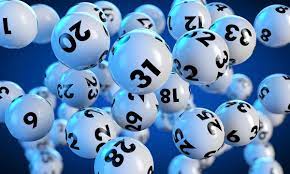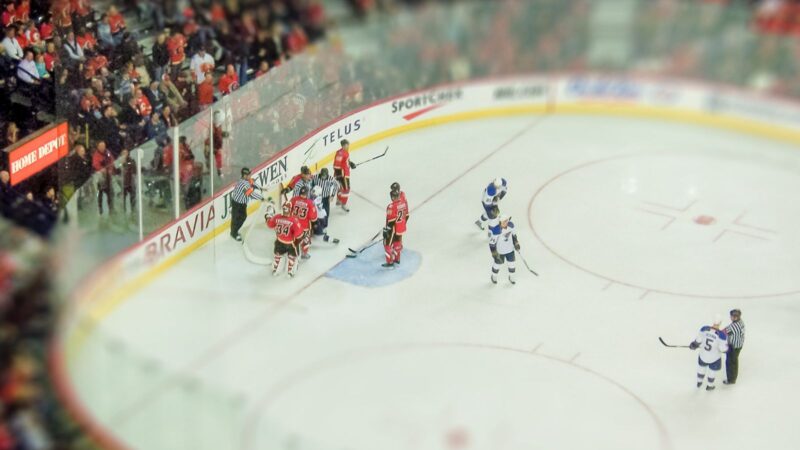
The NHL is the only major hockey league in North America that does not have a draft lottery. The NHL uses a first round draft system, which means that it will be possible for teams finishing lowest overall to win the first pick overall during the annual entry draft. This puts them at an advantage to trade away their 1st round pick or even gain another 1st round pick, or gain an even higher ranking during the draft.
The NHL draft usually has players between the ages of 17 and 20. For every year that a player is eligible to play in the league, but does not meet age requirements, they are placed into what is referred to as their “overage” category, which is for players who are 20 years of age. For example, if a player is 19 years old when they play in their first year in the league, they will be placed in the overage category unless they have met all junior hockey requirements.
how does the nhl draft work
The NHL draft consists of 7 rounds. Every team in the league is granted one pick per round, which means that they will get a total of 53 picks throughout the entire draft. Sixteen teams receive a first round pick, and only three teams will have two first-round picks each. In order to determine where a team will rank within its own division for the draft, their standings during the season are taken into account. The team that finishes with the most points in its respective division will receive a total of 30 chances at winning first overall. This includes all seven rounds of the draft.
The Vancouver Canucks are one of three teams who have two first-round picks each, which they received for playing in the Stanley Cup Finals. Losing teams who make it to the Conference Semi-Finals or further receive one first round pick, and anyone who did not play at all receives a second-round pick instead. Prior to 1993, only the first-place team received a first round pick (without any conditions). From 1993 onwards, a weighted lottery has been used to determine draft order.
What is the lottery in NHL and how does it work?
The NHL draft lottery works by taking the HCA (Hockey Canada Amateur) rankings and applying a formula that determines where teams will rank within their own division. The best team within each division has the greatest chance at winning the first overall selection in the draft, while teams who have qualified for the post-season have a greater chance of having a higher draft pick.
The draft lottery consists of three parts
The first is a weighted draw, which determines finishing spots for non-playoff teams. The second part takes place if the top 3 draft picks were not decided during the weighted draw, and instead would have them play each other in a separate lottery to determine a winner. The third part is the drawing that takes place to determine who will draft first overall.
How has the lottery affected the NHL playoffs over the years?
The draft lottery has had a major impact on the NHL playoffs over the years, especially since 1993 when it began.
In its first year of existence, all 14 teams who participated in the lottery ended up winning their pick. The original format for this part of the lottery was to determine draft order if more than one team won their pick.
What would be the consequences if a team won the lottery more than once in a row?
In the 2017-18 NHL season, there was a possibility for this to actually happen. This would have been the first time in NHL history that this had occurred, but it did not. One of the teams that were selected in the lottery ended up winning their pick and then forfeited their next selection since they had won one already.












